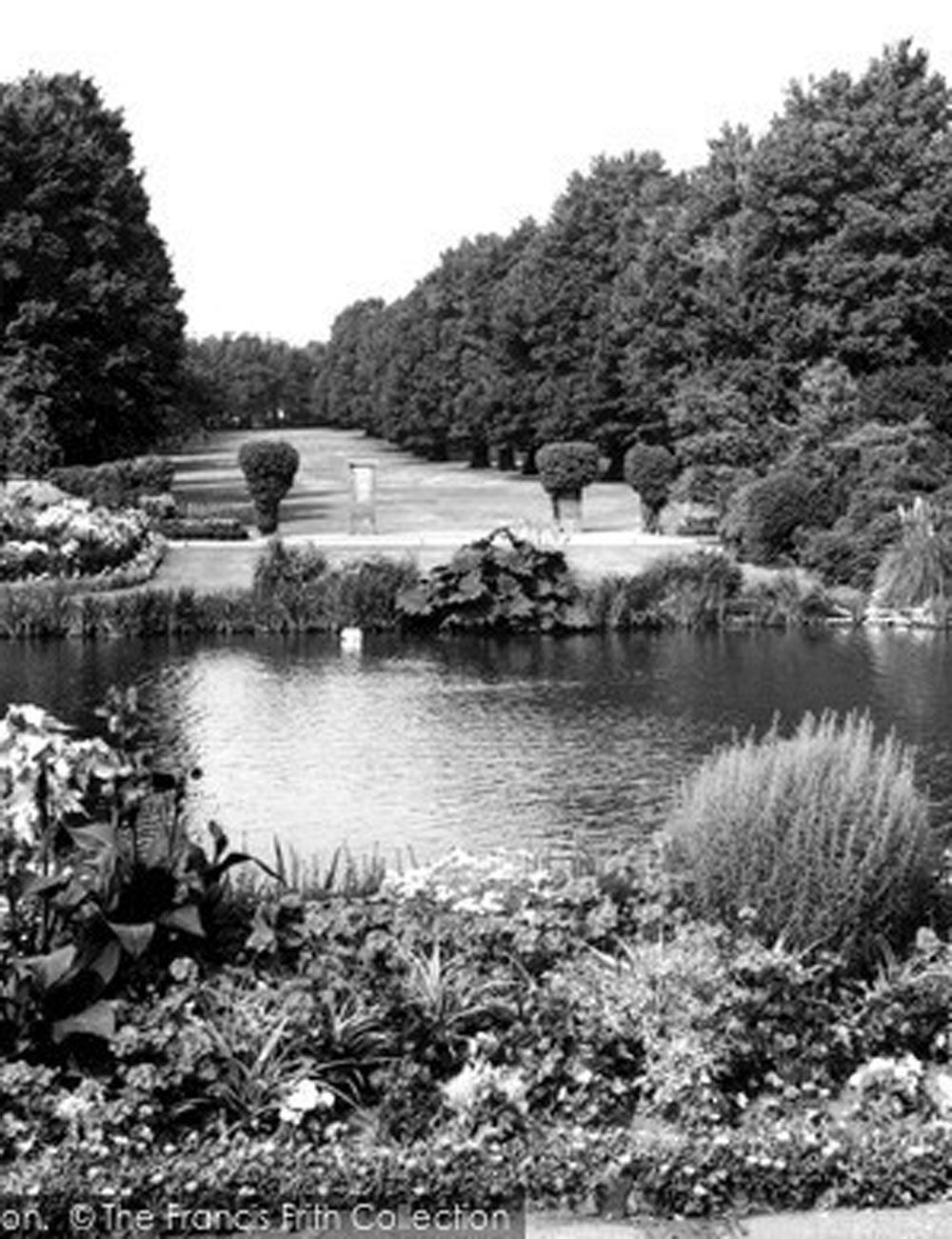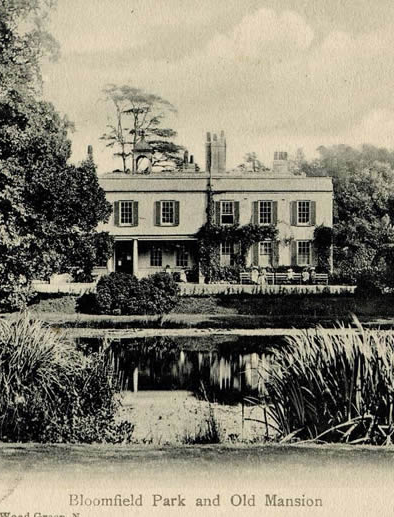Welcome to Broomfield Park, with a history dating back to 1566.
Broomfield Park is a remnant of an area of mixed woodland and grazing land owned from the 1550s by a succession of city merchants and traders. However, as London grew, the railway and housing intruded on these estates in spite of their attempts to resist urbanisation. The estates around the park were then sold for housing beginning in 1902. However, after a period of indecision, 25 acres were bought for public use by Southgate Urban District Council for £25,000 and opened on 25 April 1903.
The name "Broomfield" may have its origins in the old word "bromfield", which meant a field of long grass that provided hay and grazing.

The owner of a "bromfield" could take his surname from the word, and some in 1566 John Bromefylde, a London currier (dealer in leather goods) sold what became the the Broomfield Estate to Geoffrey Walkeden, a skinner (dealer in furs).
The land around Broomfield House has passed through a number of owners and it’s difficult to describe the history of the Broomfield “Estate” as distinct from Broomfield House and it’s immediate grounds.
The owners that we can trace from the 1550’s begin with John Bromfylde, a, a leather merchant. In 1556 he sold ‘Bromehowse’ and its land to Geoffrey Walkenden. He was a Master of the Skinners’ Company and involved in the fur trade with Muscovy. Sir John Spencer then owned the estate from 1599. He was a Master of the Clothworkers’ Company, trading with the Ottoman Empire and the Levant. Lord Mayor in 1594-5, he was reputedly the richest man in England.
His onetime apprentice Joseph Jackson took control on Sir John’s death in 1610 and his descendants, direct or by marriage, owned Broomfield until 1816 when it was passed to the Powys-Lybbe family. The estate owned by the Powys-Lybbe trust in 1902 amounted to around 500 acres and until the 1920s extended to the south far beyond what is now the North Circular Road. The owners did not live in Broomfield House after 1838 and it was leased to a variety of tenants. The most prominent of these were William Rathbone, a Deputy of the Corporation of London (1858-1883), and Sir Ralph Littler QC, who lived there until 1901. In 1903, the House, Stable Yard and 54 acres of land were purchased by Southgate Urban District Council and Broomfield Park was opened to the public.
The name "Broomfield" has its origins in the old word "bromfield", which meant a field of long grass that provided hay and grazing.
The owner of a "bromfield" could take his surname from the word, and some in 1566 John Bromefylde, a London currier (dealer in leather goods) sold what became the the Broomfield Estate to Geoffrey Walkenden, a skinner (dealer in furs).
Broomfield House was a beautiful Grade II* listed 16th century building, the centrepiece of Broomfield Park which was laid out around it. It was badly damaged by fire some 35 years ago.
Now protected by scaffolding, key elements such as it's Baroque Mural remain in safe storage, and could be used in any future memorialisation of the history of the House.
In recent years The Broomfield House Trust have aspired to restore Broomfield House, maximising community access to it and the stableyard, so that it could be enjoyed as a heritage and learning centre, a place which schools can use to bring history alive, and a venue to display artworks and other collections. However as it is clear that no full-scale restoration of the space is possible The Friends of Broomfield Park and the Broomfield House Trust have begun to work together to secure the heritage of our park in partnership with the National Lottery Heritage Fund, "Unlocking Broomfield" project.

The Grade II* building dates back to the 1550's and was originally owned and developed by a series of City merchants and traders. The park and gardens were designed around it. After a period when the house was let to tenants, the house and 54 acres (220,000m2) of land was bought by Southgate Urban Distrist Council to preserve it from rapid urbanisation. It opened to the public on 25 April 1903.
Between 1907 and 1910 the building housed Southgate County School, with Southgate's first maternity centre opening there in 1917, and later a popular cafe and local museum, open until the 1984 fire.
Information on the "Unlocking Broomfield" project is available on the London Borough of Enfield website.



